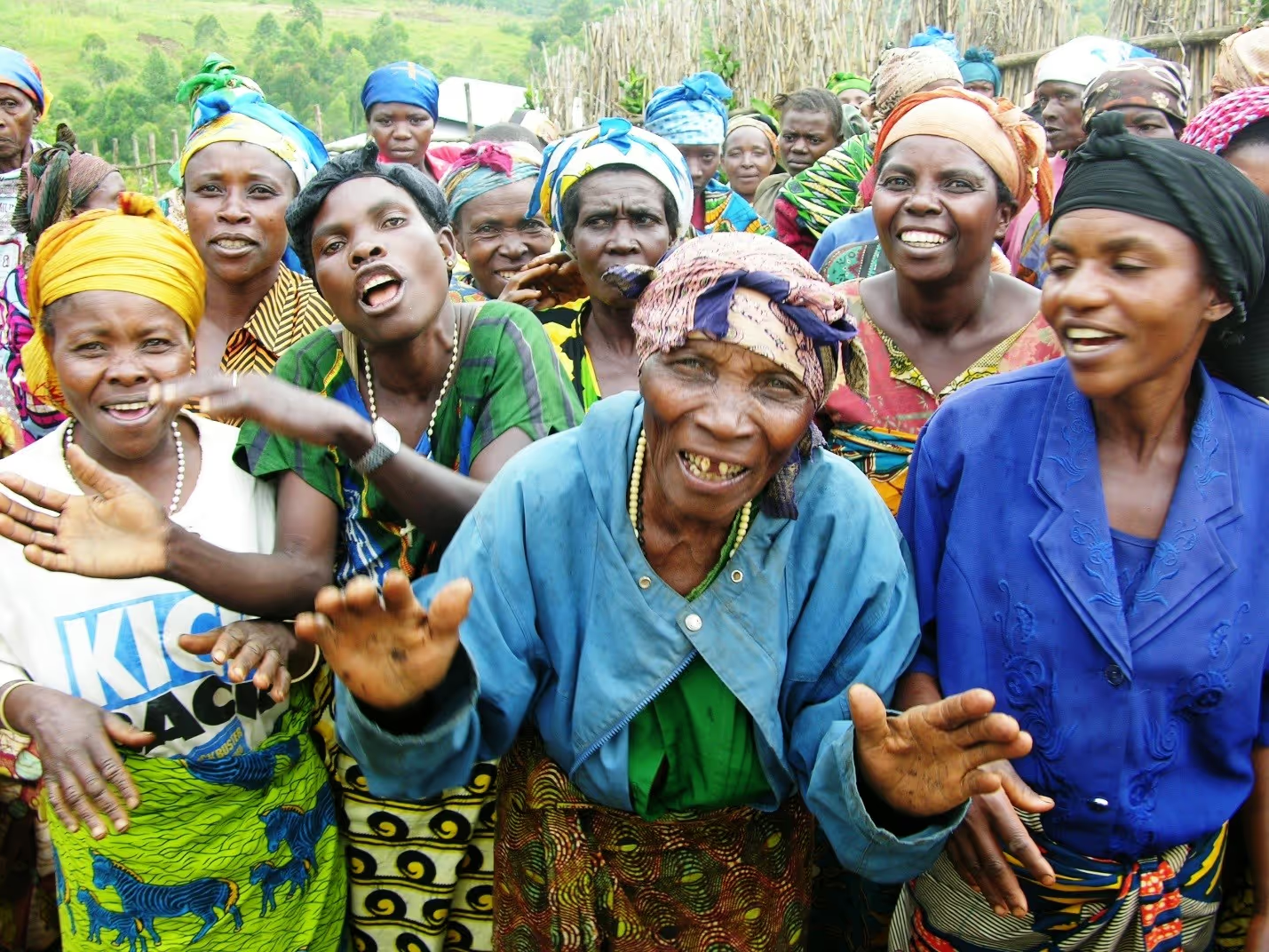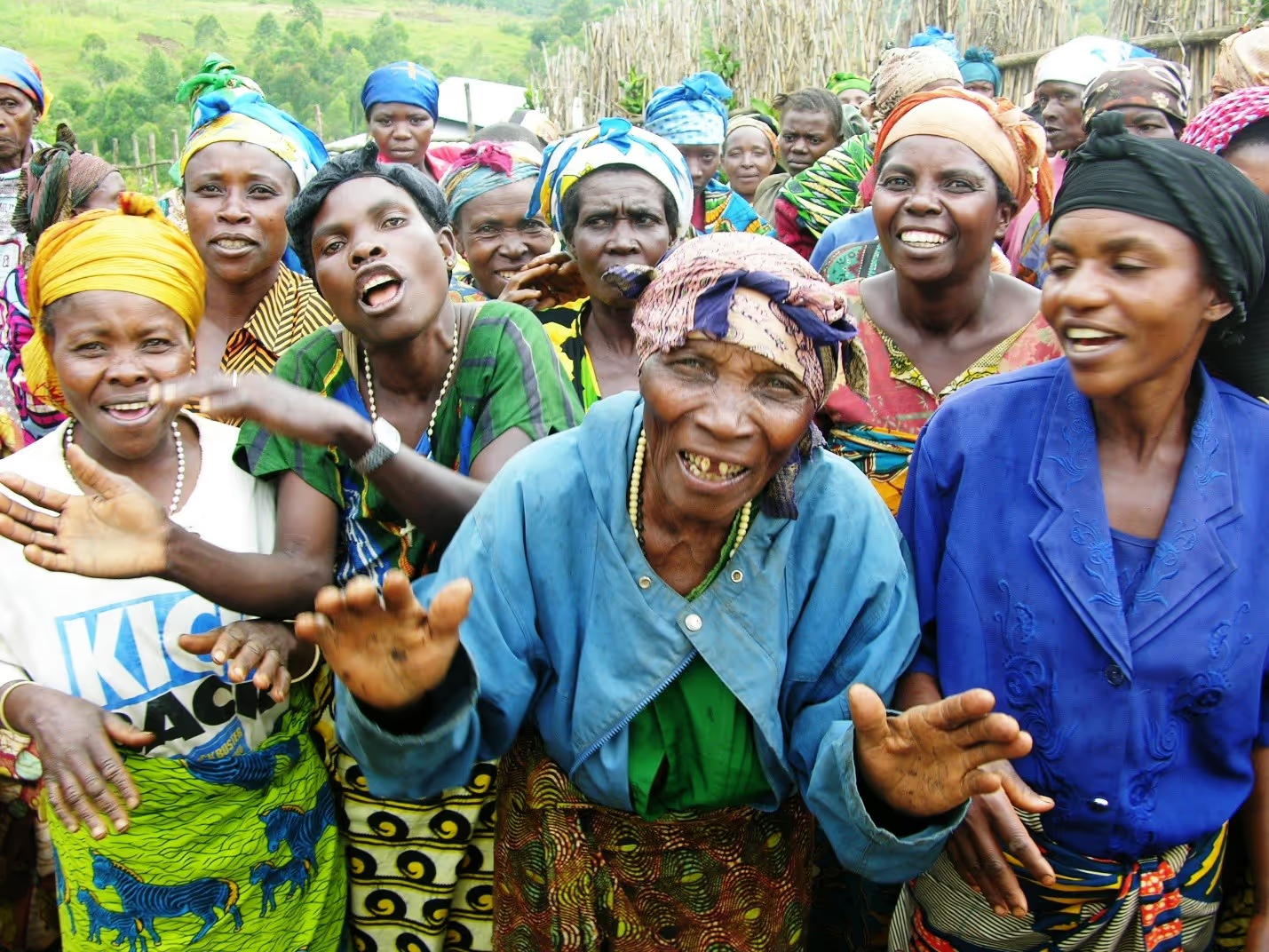Raising the bar for routine M&E in GBV programmes

Are you one of those GBV service implementers from the humanitarian sector who sometimes get tired of measuring # of survivors receiving services, # of staff trained and # of dignity kits distributed? If so, your world is about to change. The IRC is on a mission to develop measurement tools that allow the humanitarian community to measure the impact of GBV programming in terms of psychosocial well-being and felt stigma – both essential to the success of services provided and the impact on survivors’ lives.
Knowledge around successful GBV interventions in humanitarian crises has increased significantly and international guidelines tell us how to provide quality comprehensive care. M&;E and appropriate use of data to inform programming is an important part of accountable GBV programming, but traditionally the sector has focused on outputs. What we should be measuring is how survivors respond to the services provided; if they feel that the interventions help them move on with their lives and increase their sense of safety and well-being.
Some hate, and some love, indicators but M&;E and appropriate use of data to inform programming is an important part of accountable GBV programming. However, when it comes to GBV services we’re falling behind. In the past, outcomes for GBV survivors have mostly been measured through stand-alone, resource demanding research projects that give us a glimpse of whether an intervention is working or not. The IRC has, in collaboration with John Hopkins University, developed research tools for both psychosocial well-being and felt stigma among survivors, but none of them are currently adapted for routine M&;E use. In order for these tools to be appropriate and feasible for routine M&;E, they need to be simplified while ensuring the validity and quality of the tools. As we all know, measuring GBV programme outcomes for survivors is challenging given the ethical implications of working with vulnerable populations, ensuring the safety of survivors and providers, combined with the complex nature of GBV programming.
Nevertheless we are ready to take on the challenge so that we can help in advancing the sector in terms of quality outcome indicators that are both efficient and feasible in low-resource settings. With this we expect that we will influence and impact the GBV area on three different levels:
- Effective use of resources during humanitarian crises when funding is scarce and attention needs to be paid to immediate needs of women and girls
- Improved implementation and adaptation of GBV programmes through routine measurement of GBV outcomes that will then be used to inform programming
- Increased access to GBV services facilitated across countries and communities through targeted activities that have been proven efficient
Measuring the impact of our programming with cutting edge monitoring and evaluation approaches and research interventions is the foundation for becoming an evidence-based organisation and finding new, innovative ways to measure outcomes and the impact of our comprehensive GBV and women’s empowerment programmes.
At the IRC we are pretty excited about this opportunity. GBV actors implementing prevention and response approaches which aim to reduce stigma and improve the psychological functioning of GBV survivors will be the target users of the proposed solution. In this first round, we will be adapting and testing the tools among Syrian and Somali refugees in Jordan and Kenya respectively, but the measurement tools will be accompanied by guidance on how to further adapt the tools to other populations for future use.
So please stay tuned and follow our work as we enter new and unchartered waters. The tools should be ready for use by mid-2018.
Author: Sanni Bundgaard, Technical Advisor – Reproductive Health and GBV


Stay updated
Sign up for our newsletter to receive regular updates on resources, news, and insights like this. Don’t miss out on important information that can help you stay informed and engaged.
Related articles
.png)


Explore Elrha
Learn more about our mission, the organisations we support, and the resources we provide to drive research and innovation in humanitarian response.